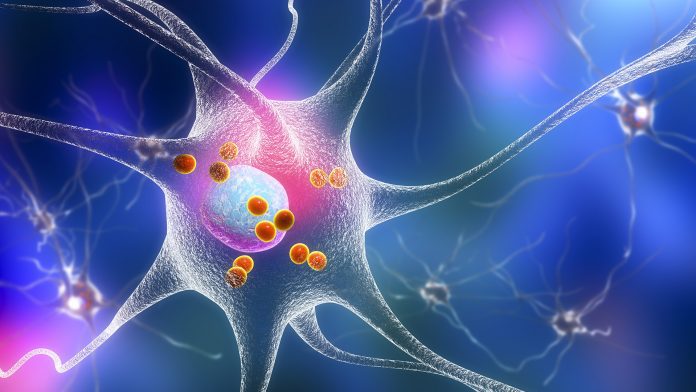
New research suggests how toxic proteins in the brain could be used to develop targeted Parkinson’s disease and Lewy body dementia treatments.
Experts from the University of Nottingham have discovered that modifications of Ribonucleic acid (RNA) in human brain tissue are disrupted in neurodegenerative diseases, including Lewy body dementia and Parkinson’s disease. These findings could be employed to research and develop innovative Parkinson’s disease and Lewy body dementia treatments.
Published in Neuropathology and Applied Neurobiology, this is the first-ever report to identify modified m6A RNAs as a novel molecular mechanism that is altered in Lewy body disease, which may drive the formation of neurotoxic protein aggregates called Lewy Bodies.
What is Lewy body dementia?
Lewy body dementia is one of the most common types of dementia. It causes symptoms such as hallucinations, confusion, slow movement, and fainting spells.
This condition is caused by clumps of protein forming inside brain cells called Lewy bodies.
Lewy body dementia treatments are limited as there is no cure or medications to slow down its development. Some treatments can control some symptoms, including medicines to reduce hallucinations, therapies such as physiotherapy, psychological therapies like cognitive stimulation and dementia activities.
Unlocking new information for future Lewy body dementia treatment
The researchers used microscopy and a Machine Learning approach to investigate the spatial location and abundance of modified RNA in human cells in brain regions important for memory and cognitive ability, such as the hippocampus and frontal and cingulate cortices.
This showed that m6A modification is considerably increased in Lewy body dementia but significantly decreased in Parkinson’s disease. In both diseases, the team discovered that modified RNA is misplaced within cells, particularly where synapses are located in the brain. Moreover, the data highlighted that the proteins involved in the process of m6A modification are changed in individuals with Alzheimer’s disease or who show cognitive resilience.
Commenting on the research, Dr Helen Miranda Knight said: “Our findings support evidence that changes in m6A modification of RNA may be a mechanism influencing the formation of toxic protein aggregates such as Lewy bodies, amyloid plagues and neurofibrillary tangles, which cause neuronal dysfunction in Lewy body dementia, Parkinson’s disease and Alzheimer’s disease.
“With treatment studies of neurodegenerative diseases currently aiming to target the build-up of such abnormal toxic aggregates, this research provides a new understanding of molecular processes going awry and which are potentially driving the early-stage disease.
“The implications of these findings are important for the development of molecular interventions that target early-stage disordered protein aggregation occurring within cellular nanodomains, and which could be protective against disease progression.”






















